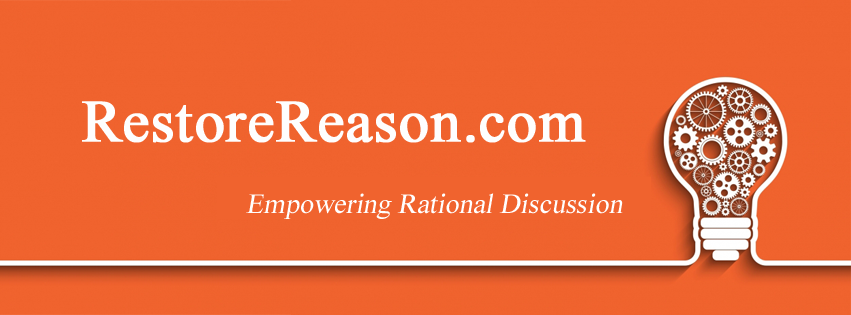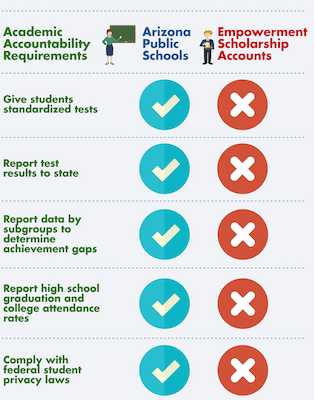Today is the last day of #PublicSchoolsWeek so I thought it an appropriate day to take a look at the state of public education in Arizona. Spoiler’s alert…our public schools need more than a week named in their honor.
Fraud in the Voucher Program. Yes, vouchers are alive (if NOT AT ALL well), continuing to rob our state and our public schools of valuable resources. Despite claims that vouchers would help poor children in underperforming schools, about 75 percent of voucher recipients (after the program was initially expanded) had no record of AZ public school attendance. And just this week, Attorney General Kris Mayes announced the indictment of five people on charges of defrauding Arizona’s ESA voucher program of at least $600,000. Three of the fraudsters were former employees of the AZ Department of Education. AG Mayes blamed the Republican-controlled Legislature for never properly overseeing the ESA program. The program expanded from “12,000 children, mostly with special needs, to more than 75,000 students” when the AZ Legislature made eligibility universal in 2022. Originally estimated to cost $64 million for the current fiscal year, budget analysts now say it could top $900 million.Or is it now actually $960M?
Arizona is a Standout in the Network for Public Education’s (NPE) Public Schooling in America Report. Unfortunately, it is for being second to the last in the nation (above only Florida) for public school excellence with only 22.5 of a possible 111 points. The points were divided into four categories. 1. Privatization (is the state committed to democratically governed public schools open to all and are there guardrails on publicly funded alternatives). 2. Homeschooling (are there laws that protect children). 3. Financial support for public schools (are public schools responsibly financed). 4. The freedom to teach and learn (do state laws allow all students to feel safe and thrive at school and for teachers to provide honest instruction to children free of political intrusion.) NPE states that “this year’s report card moves beyond rating states only on charter and voucher policies. It connects the dots between the growing number of “ruthless and brutal” policies designed to disparage, underfund, and ultimately destroy public schools and the privatization goals of the far-right”. The “ruthless and brutal” reference comes from a quote by Christopher Rufo (conservative activist) at the ultra-right Hillsdale College where he told the audience, “To get to universal school choice, you need to operate from a premise of universal public school distrust. He continued by advising the audience to create a narrative around public education that is “ruthless and brutal.” Arizona is doing well at carrying his water, earning an “F” in all categories.
Proposition 123. Of course, the hits just keep on coming as the end of Proposition 123 looms in June of 2025. Prop 123 was approved by voters in 2023 to increase the annual distributions from the state land trust fund from 2.5% of the fund’s average value over five years to 6.9%. If not renewed, the allocation reverts to 2.5% or about $270M, growing as time goes on. The easiest solution says Robert Robb, would be to “refer a clean and simple measure making the existing 6.9% distribution permanent law, distributed as presently on a generally per-pupil basis”. Robb outlines the reasons, however, that this is a huge task given the current political climate. Oh yeah, and did I mention that even if the voters approve a renewal (dated or permanent), Congress must approve the distribution formula because it is embedded in the Enabling Act which made Arizona a state. Need I say more?
Medicare Advantage Plans. What do Medicare Advantage Plans have to do with public education? Not a whole lot except that as Tyna Callahan, a Tucson resident since 1990 wrote in an op-ed in the Arizona Daily Star, “As a taxpayer, I object to the concept of redirecting taxpayer-contributed Medicare funds to for-profit corporations.” Hear, hear Tyna! As a taxpayer, I object to the concept of redirecting taxpayer-contributed public education monies to private schools. Just as Advantage plans are attractive to healthy people and insurance companies, school vouchers (ESAs) are attractive to families self-funding private schools and homeschooling themselves. And, oh, by the way, the private schools are liking the taxpayer dollars they are receiving without any accountability attached. Tyna points out that “by attracting and retaining the healthiest of Medicare recipients, Medicare Advantage plans are drawing Medicare coffers, skimming the low utilizers from the program. Sound familiar?
The Rest of the Story. The AZ Auditor General District Spending report for 2023 is out and according to Howard Fischer of Capitol Media Services, indicates the “overall spending on instruction, on average, is the lowest percentage since the Auditor General’s Office began monitoring in 2004”. Although 53.4% was spent on instruction, that was down 1.1% overall from the prior school year. There are several reported reasons for this decline in instructional spending including districts having purchased large amounts of instructional materials the prior year, the need to hire counselors and instructional coaches, and “having to use more expensive contractors to fill support service needs for special education students”. The loss of more experienced teachers in rural districts also required filling positions with lower-paid staff. I must note though, that Fischer called these experienced teachers “tenured” but that is incorrect. There is no tenure for public school teachers in Arizona since this is an “at-will” employment state. The report also shows that “on average, Arizona teacher pay has seen a 30 percent increase since 2016-17, some of that fueled by federal COVID relief dollars.” That is approximately $5K more than the national average reported by salary.com in January 2024. But, the average can be misleading since “nearly one out of every five teachers has been on the job for three years or less, with an average salary statewide of $47,952”.
No, Arizona’s Teacher Lobby is Not a Union. Just as Arizona public school teachers are not tenured, neither do they have a real teachers’ union. Does the AEA lobby on behalf of public educators, yes. I am sure Billy Robb knows that Arizona is a “right to work” state which means that employees cannot collectively bargain and therefore are not technically a union. But, it fits his narrative better to call the AEA a “union”. And for him to claim that “ordinary teachers had nothing to do with the “Invest in Ed” ballot initiative is just ludicrous. I know plenty of teachers who were part of the effort. He does, however, make some good points about where any teacher lobby in Arizona should focus its efforts. One is to “applaud proposals to boost teacher pay”. I think teachers should be paid more, but I’m glad he makes the point that we need competitive pay for all school employees. Another is to “advocate for deregulation”. He proposes that “any future mandates on public schools should apply equally to private schools receiving vouchers for funding. If this stipulation would put an end to a regulation, what does that tell you about the regulation?” Amen brother! He also says we should “push for standardized testing reform”. Ya’ think? How about we just do away with it altogether?
And yet…our schools continue to deliver. You have to wonder how much more they can take. How many teachers have to be driven out of the profession, how much funding has to be robbed by privatization efforts, and how narrow does the curriculum have to become before our system of public education finally breaks? I don’t know and I sure hope we don’t find out.








